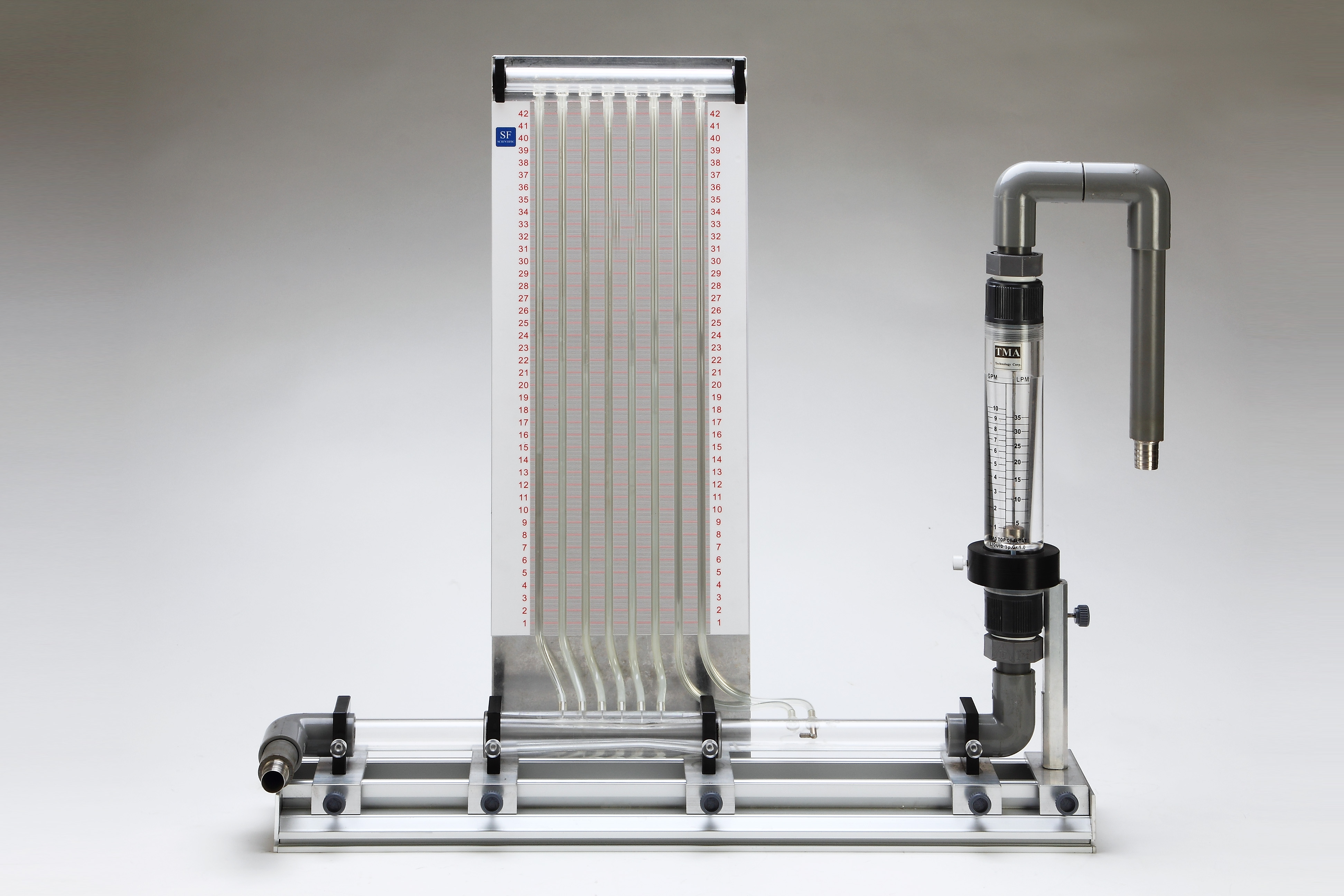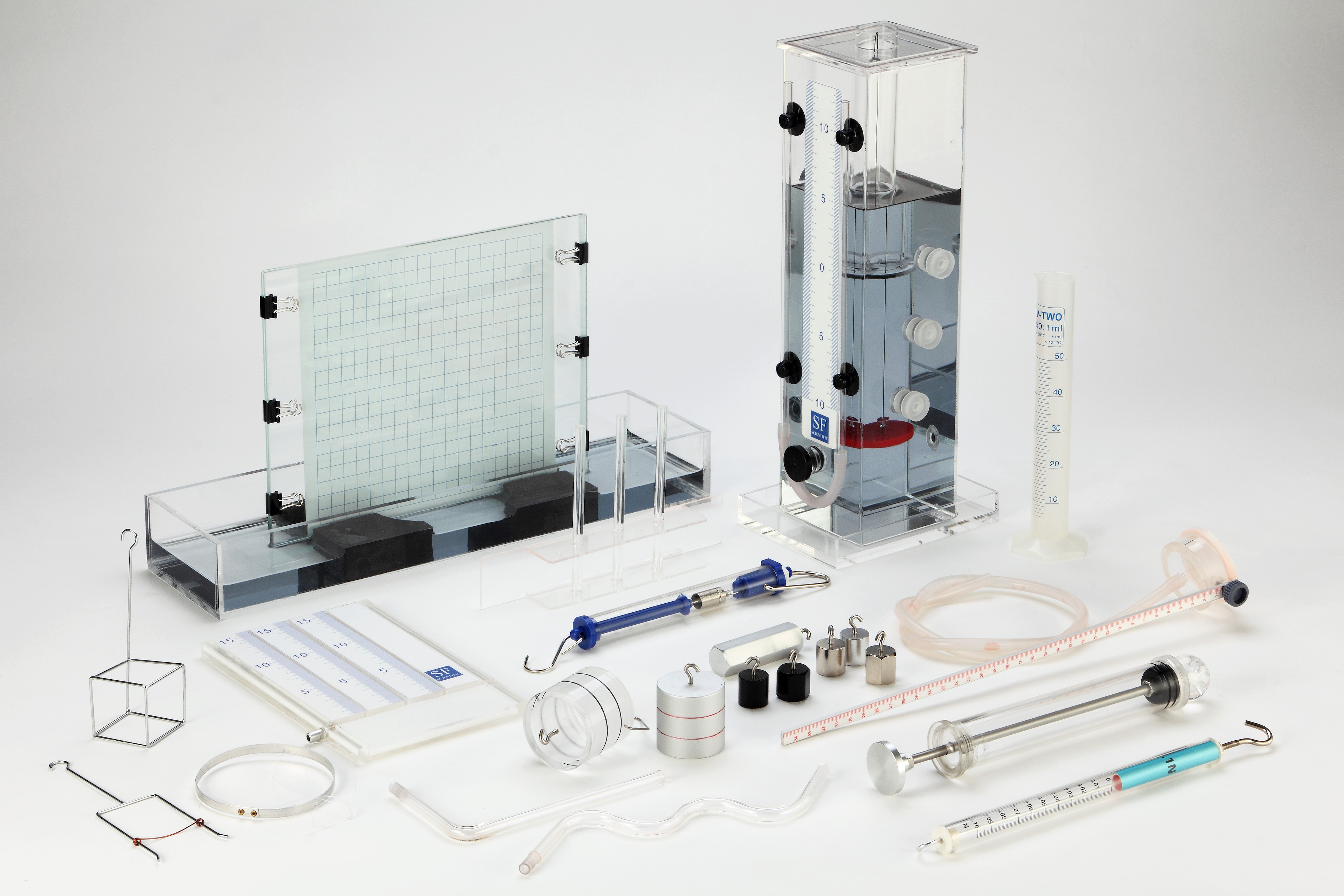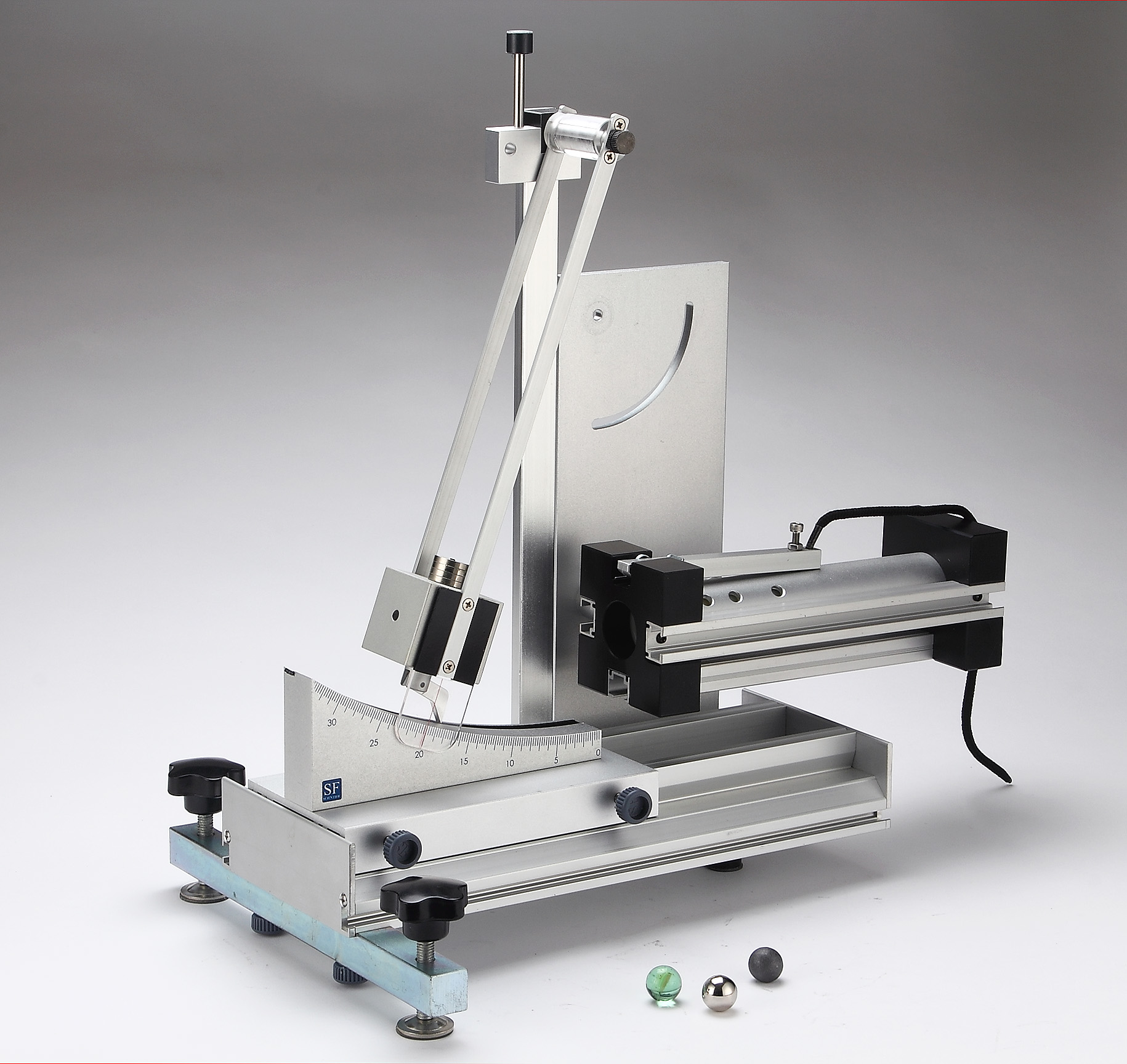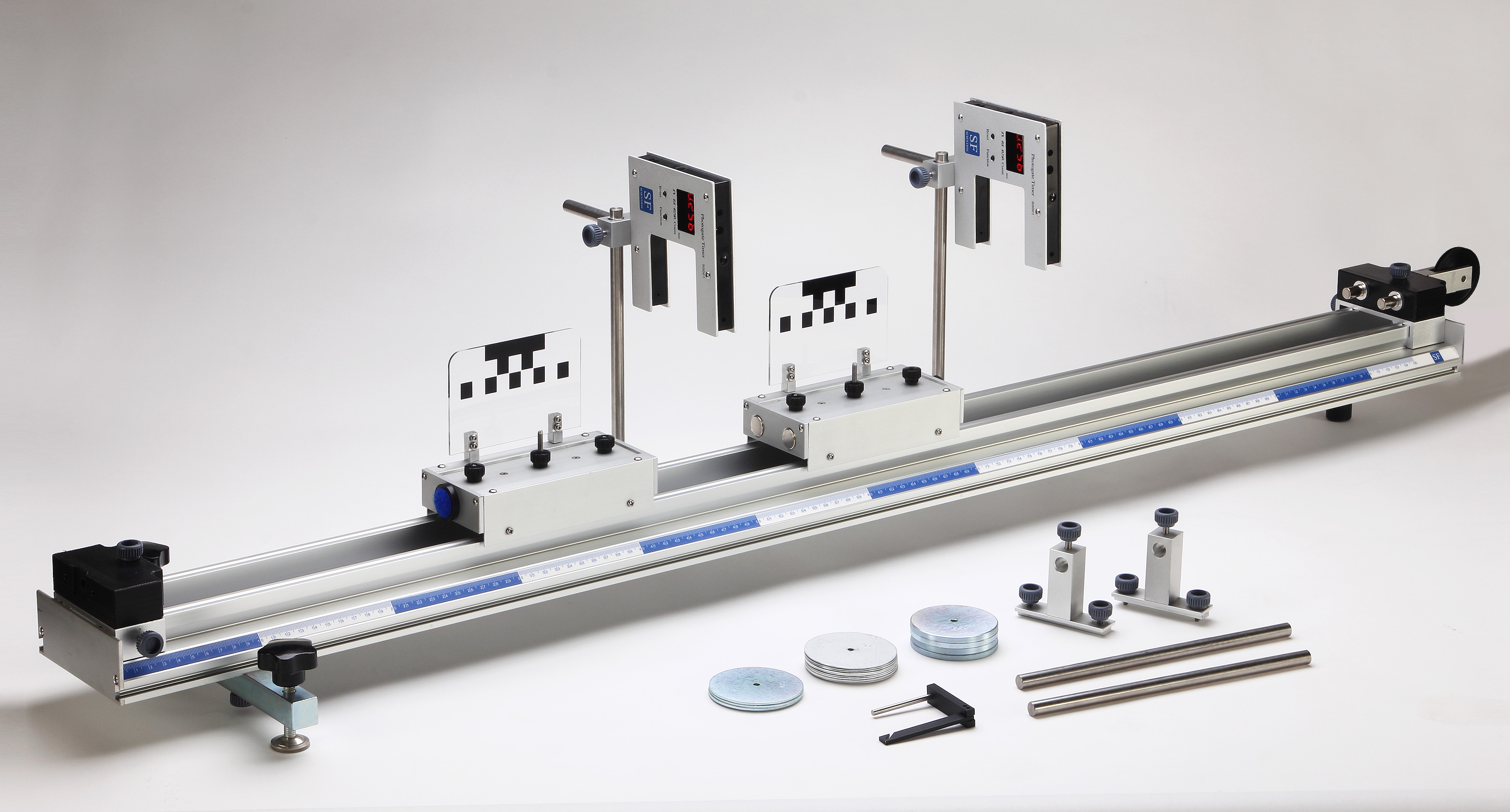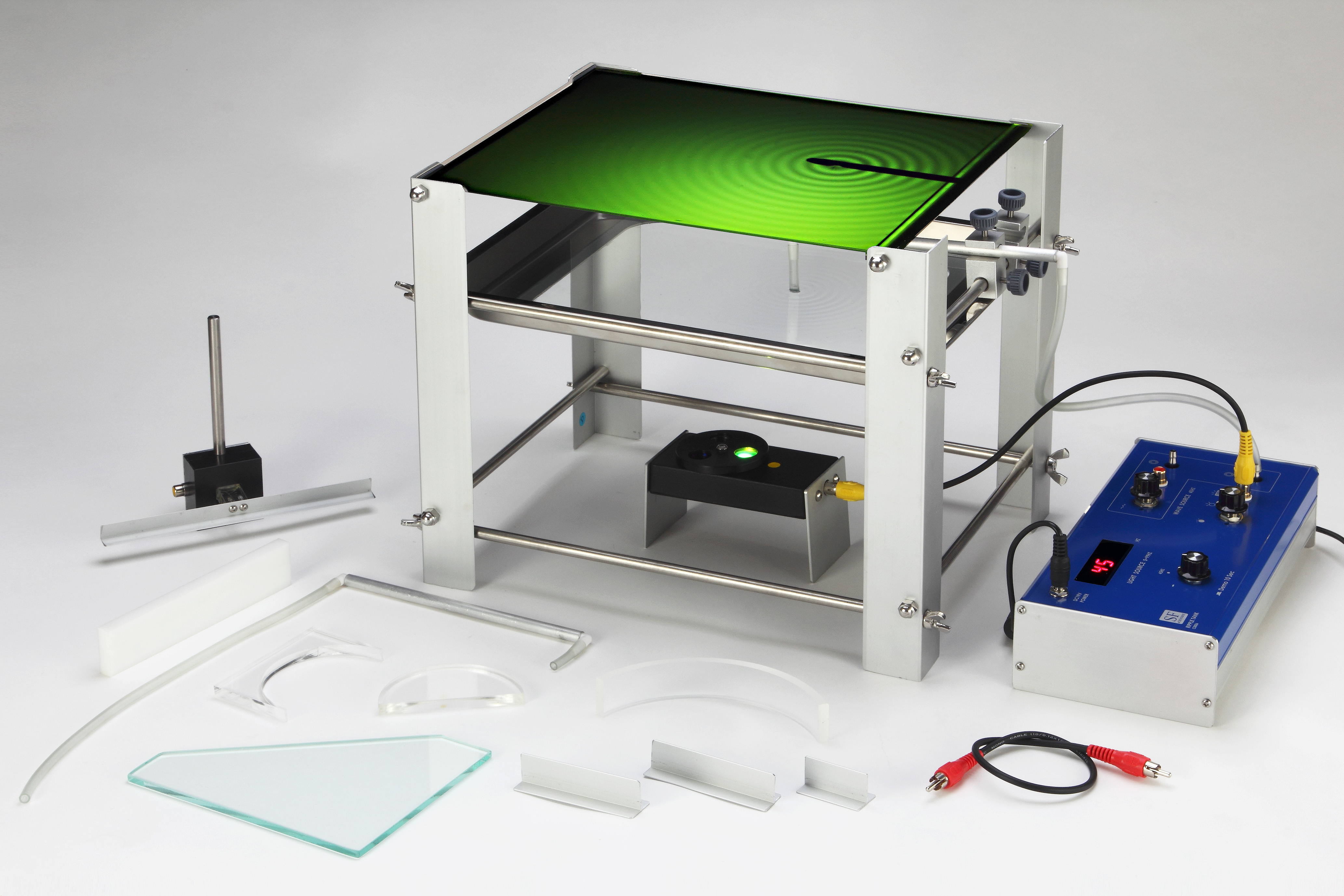
Ripple Tank Experiment
Item no.: F05 Introduction With the development of sound and hearing technology, such mechanical or digital device, widely applied in our daily lives, has attracted public interest and attention. By way of air medium, sound source, for example, conveying some specific frequency and amplitude could be easily detected by human ears, even the intensity is

